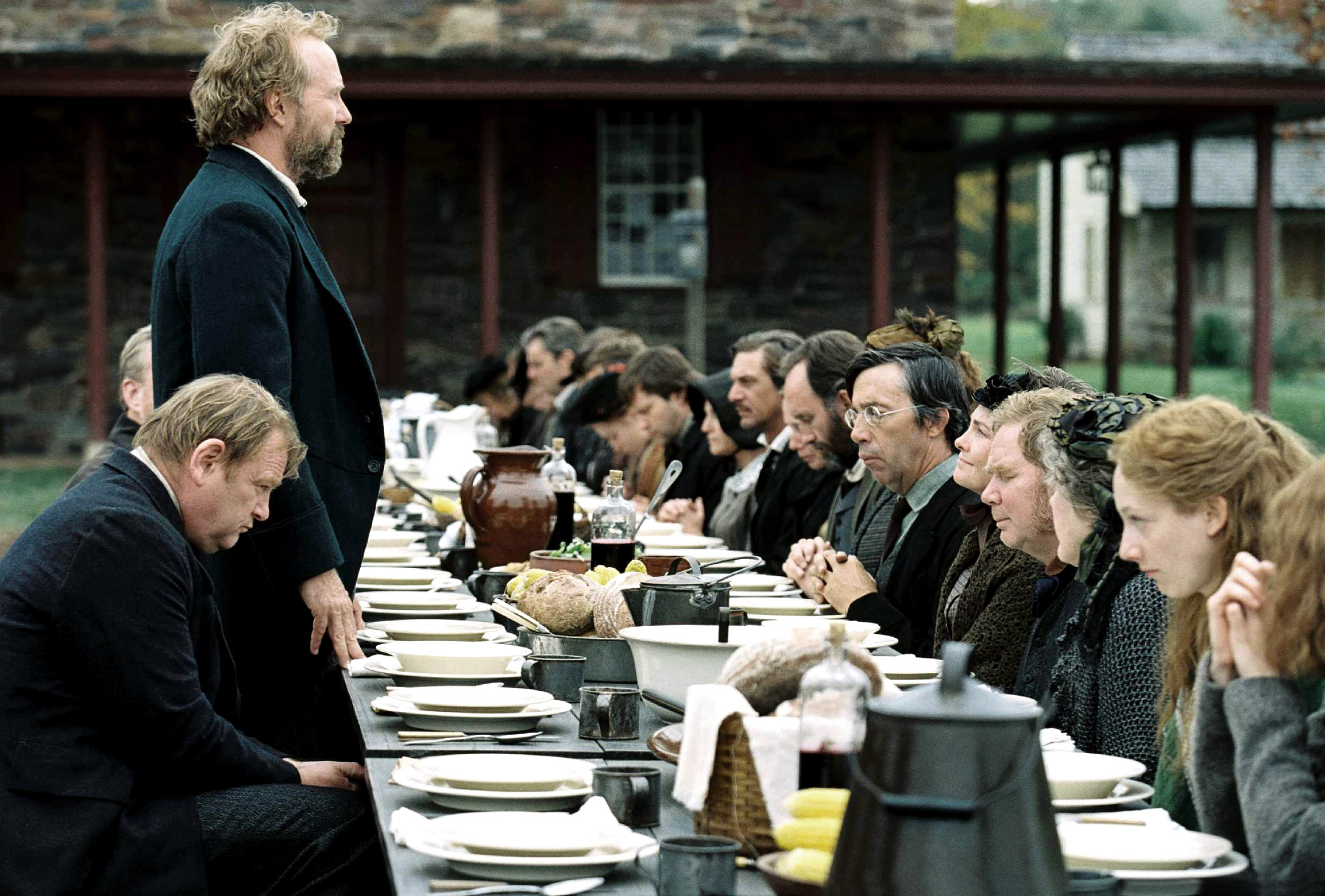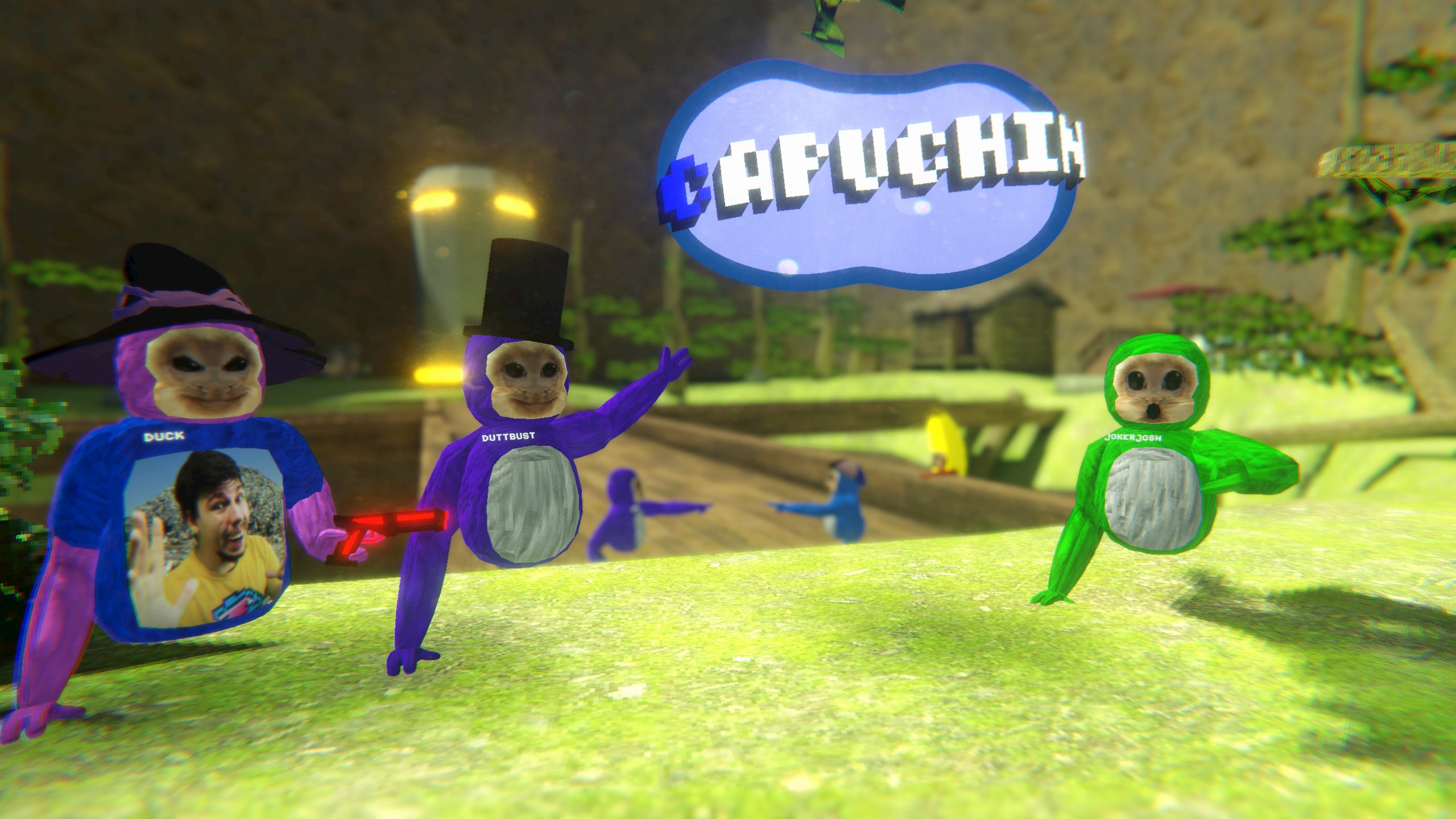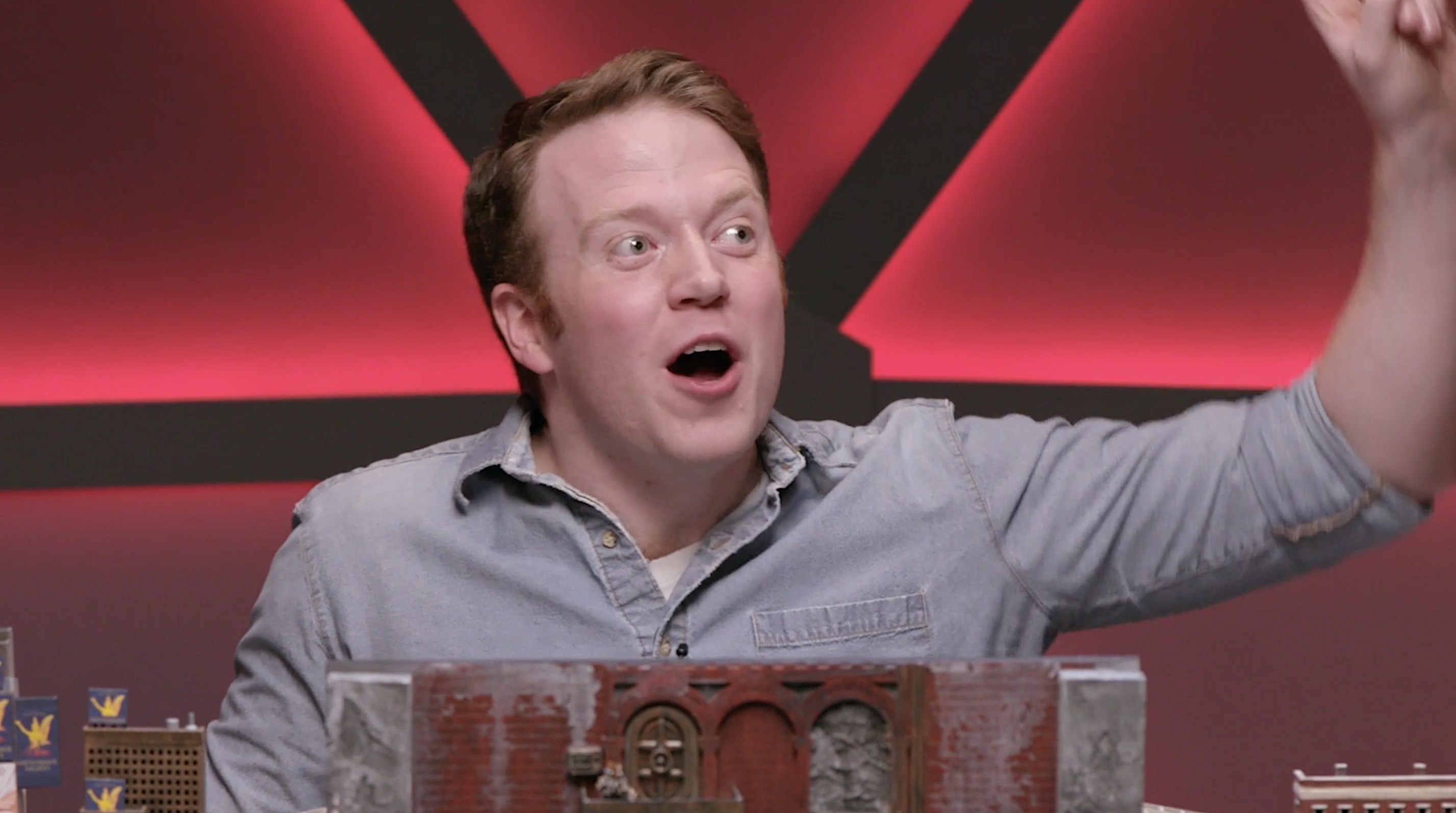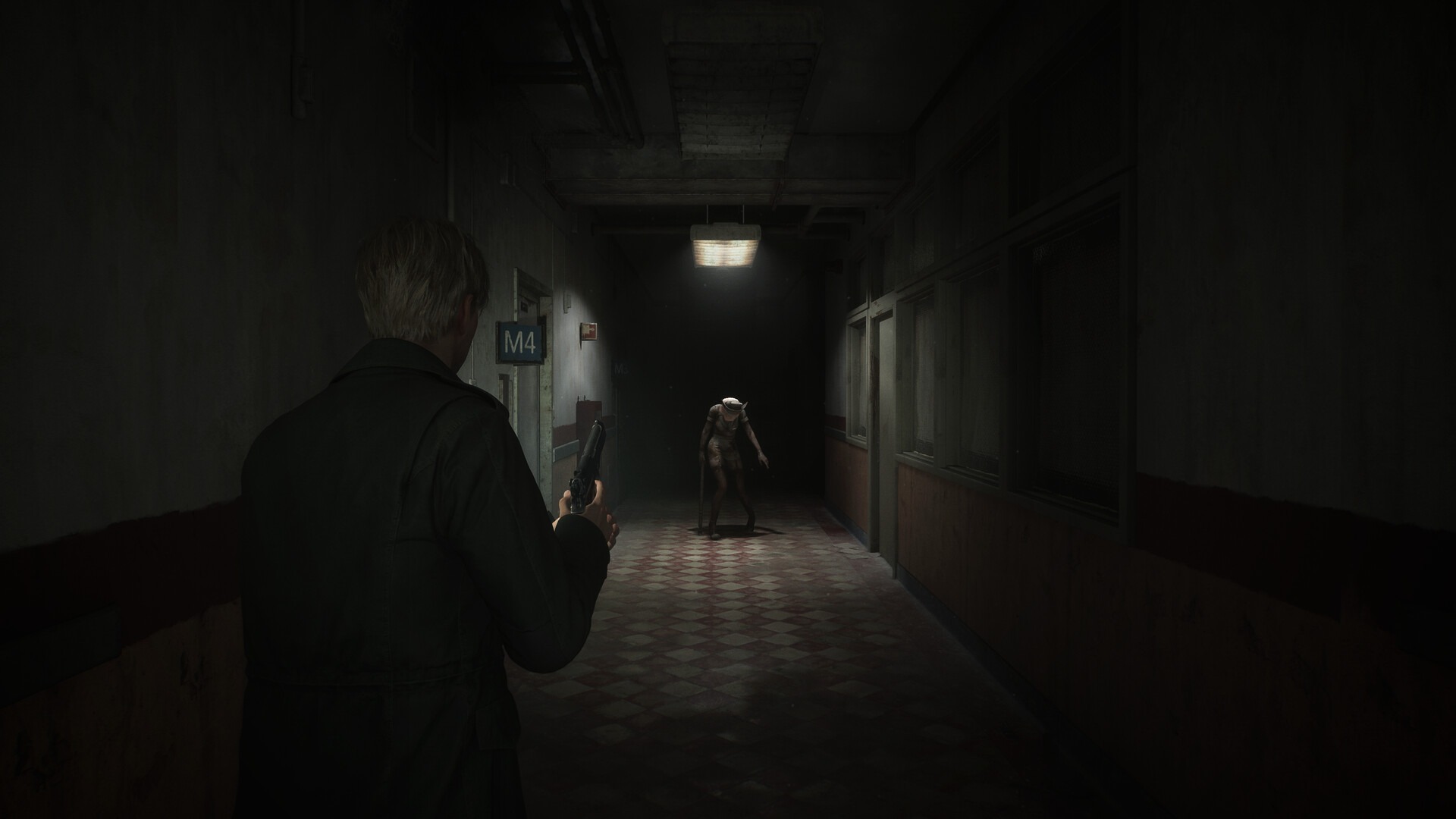Despite the history-changing implications of battles on Endor and Yavin, the nature of war, especially within the Star Wars universe, is one of countless skirmishes across the furthest reaches of the galaxy. Unlikely heroes and allies come together to fight on land and in space, accruing small advantages along the way to inch toward their versions of victory. The same will be true for Star Wars: Unlimited, the newest entry into the hotly contested battle for players in the world of trading card games.
Its seventh project based on the Star Wars universe, Fantasy Flight Games’ latest effort combines time-tested elements from its past ventures, along with inspiration from other popular TCGs, to make Unlimited its most dynamic version of a galactic battle yet.
“We’re trying to go in a bit of a new direction with this game in terms of streamlining things and making a really fast back-and-forth game, compared to some of our past games,” said Danny Schaefer, a designer at Fantasy Flight, in an interview with Polygon. “We definitely picked up some elements from our past [living card games] as well as some of the older Star Wars games, as well.”
One of Unlimited’s designers, Jeremy Zwirn, also worked on FFG’s previous Star Wars: Destiny dice and card game, which utilized a fast-paced tit-for-tat action system, and helped port that to the rules and vision for Unlimited.
:no_upscale()/cdn.vox-cdn.com/uploads/chorus_asset/file/24840842/SWU_PressEvent_01_copy.jpg)
“The turn structure is very quick, very interactive, and simplified,” Zwirn explained. “You don’t have something like the stack in Magic with confusing timing issues when things are happening. That worked really well in Destiny, so we wanted to carry that over to this game too.”
Another one of the game’s fundamental characteristics was borrowed from a different body of work altogether. Like many trading card games, Unlimited cards have a cost that must be paid in order to play them from your hand. But unlike Magic: The Gathering, which requires adding specific land cards that generate mana, Unlimited’s resource system is closer to Disney Lorcana and Flesh and Blood’s approach, games that allow you to use almost any card in hand as a potential resource.
“The Call of Cthulhu LCG had a somewhat similar resource system where essentially any card could be used as a resource,” Zwirn explained. “You resource one card per round, so you can eventually build up, get more powerful cards, and play them at a higher cost.”
As these varied inspirations gradually came together over more than three years of design, they eventually paved the way for more defining elements that the game’s creators introduced to make Unlimited exciting, replayable, and, in its own way, challenging.
Deck-building dynamics
Central to deck design are the game’s heroes and bases, which start on the board at the beginning of every game.
Similar to Flesh and Blood or Magic’s Commander format, Unlimited utilizes iconic Star Wars characters to serve as a deck’s primary hero. These include the likes of Luke Skywalker, Darth Vader, Boba Fett, Chewbacca, and plenty others. Likewise, base cards depict classic locations from Star Wars stories, from the swamps of Dagobah to the Death Star Command Center and even the Catacombs of Cadera on Jedha.
The heroes provide several important contributions to each deck. For one, they have built-in abilities that impact the game in a variety of ways. These heroes can also serve as units that do battle more directly with opponents. But most importantly, heroes and bases feature colored “aspects.”
Unlimited utilizes six different “aspects” that determine the play style and possible abilities of the game’s cards. Think of them like colors in Magic, the Pokémon TCG, Hearthstone, and countless other card games.
In Unlimited, the aspects are Vigilance (blue), Command (green), Aggression (red), Cunning (yellow), Heroism (white), and Villainy (black). An Unlimited deck must have a leader and a base — your leader then provides up to two aspect icons while your base provides one. Together, the aspects that your base and hero feature then shape the cards the rest of your deck can include.
“All those permutations of mix-and-matching a leader with different bases and different aspects can create an entirely new deck,” Zwirn emphasized. “Sometimes those bases can really make or break a deck, as well.”
To highlight the basic look and structure of Unlimited’s future decks, the design team shared a few examples that feature different leaders and bases, along with some of the cards that play well with those configurations. Zwirn points to the Cunning and Villainy Boba Fett deck as one example of the importance of maximizing heroes and bases to get the most value and synergy out of the remaining cards in the deck.
:no_upscale()/cdn.vox-cdn.com/uploads/chorus_asset/file/25158281/SWH_Article_DesignerDecks1_Jeremy_copy.jpg)
“For the Boba deck, the card Cunning is an extremely powerful card that has double Cunning aspects. So to play it for only four [resources], you have to have a base and leader with Cunning aspects, which is gaining you tempo,” Zwird explained. “And the card itself creates probably the best tempo in the entire game; it can exhaust two units and bounce an enemy unit, all for four resources.”
When you break down these aspects further, you begin to see how they express the game’s play styles and color identities into classic card game archetypes.
“There are some very good aggro decks, especially on the hero side. Some very good control decks, especially on the villain side. And there are a variety of midrange decks somewhere in between,” Schaefer said.
However, don’t expect to see breakout combo decks when the game first hits shelves in 2024.
“We’re intentionally not leaning hard into combo, with the first set at least,” said Tyler Parrott, another designer on Unlimited. “There will be some combos eventually, inevitably.”
“There are combo elements to decks, but not really like ‘we’re going to kill you in one turn’ or infinite loops,” Schaefer added.
:no_upscale()/cdn.vox-cdn.com/uploads/chorus_asset/file/25158284/SWH_Article_DesignerDecks1_Danny_copy.jpg)
“The Han Solo deck is about as close to combo as you’ll get in Set One, with the ability to cheat out expensive cards a little bit ahead of time,” Schaefer explained. “It’s playing You’re My Only Hope with all the cards that look at the top of your deck. It’s not like a one turn kill combo, it’s more like I got my seven drop out on turn five, or my five drop out on turn three.”
Another intriguing aspect of Star Wars: Unlimited lies in its deck-building mechanics. Decks must be a minimum of 50 cards, with a limit to only three copies of any one card.
“It’s a bit less consistent than if you have four-ofs, obviously,” Schaefer said. “That was partially because you see so much of your deck in a given game, we didn’t want it to be quite as easy to always see your same cards over and over — especially in the first few turns.”
According to Parrott, 50 cards is “also just a value that we’re familiar with. We have enough other games that have been 50 with three copies that we knew exactly what that was going to play like mathematically.”
Arenas of battle
One of the most unique elements to Unlimited, which fans of Star Wars will surely recognize as a recurring theme across the films and stories, are battles that occupy both land and space.
Unlimited features two arenas of play, ground and space, which are then occupied by respective units.
“One of the things we learned from the Star Wars LCG, it bounced off a lot of people for thematic reasons because the idea that Chewbacca could fight a Star Destroyer was a little bit too much of a stretch,” Parrott explained. “That was one of the big incentives to have the two lanes be separate.
:no_upscale()/cdn.vox-cdn.com/uploads/chorus_asset/file/25158472/SWU_DesignerDeck4__1__copy.jpg)
However, not only does this element make the flavor of Unlimited more authentic to its source material, it also adds an important strategic element too.
“Bringing the correct ratio of ground to space units is going to matter a lot,” Parrott said. “If you go to a tournament and you expect the metagame to be heavy on people playing space aggro, then now I need to add more space units to my deck to fight against the space units, and now my ground units maybe can be fewer and they’ll go farther in the game because that is now the uncontested lane.”
Play modes and organized play
Looking ahead, Star Wars: Unlimited will feature a variety of play modes, including 1v1 and multiplayer, where players bring pre-built or fine-tuned decks to battle at stores or other casual environments.
The game will also feature draft and sealed modes, where players can open a specified number of card packs to construct a brand-new deck on the spot.
Eventually, Unlimited will also introduce its own system of organized play spanning from weekly store events to galactic championships, though more details on the specifics behind organized play are coming down the line.
Star Wars: Unlimited launches in game stores globally on March 8, 2024.






